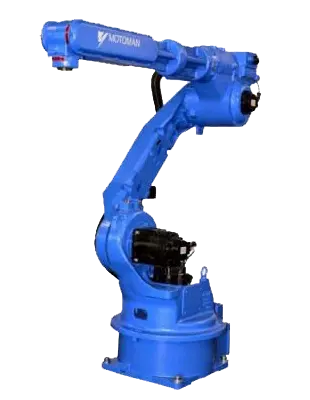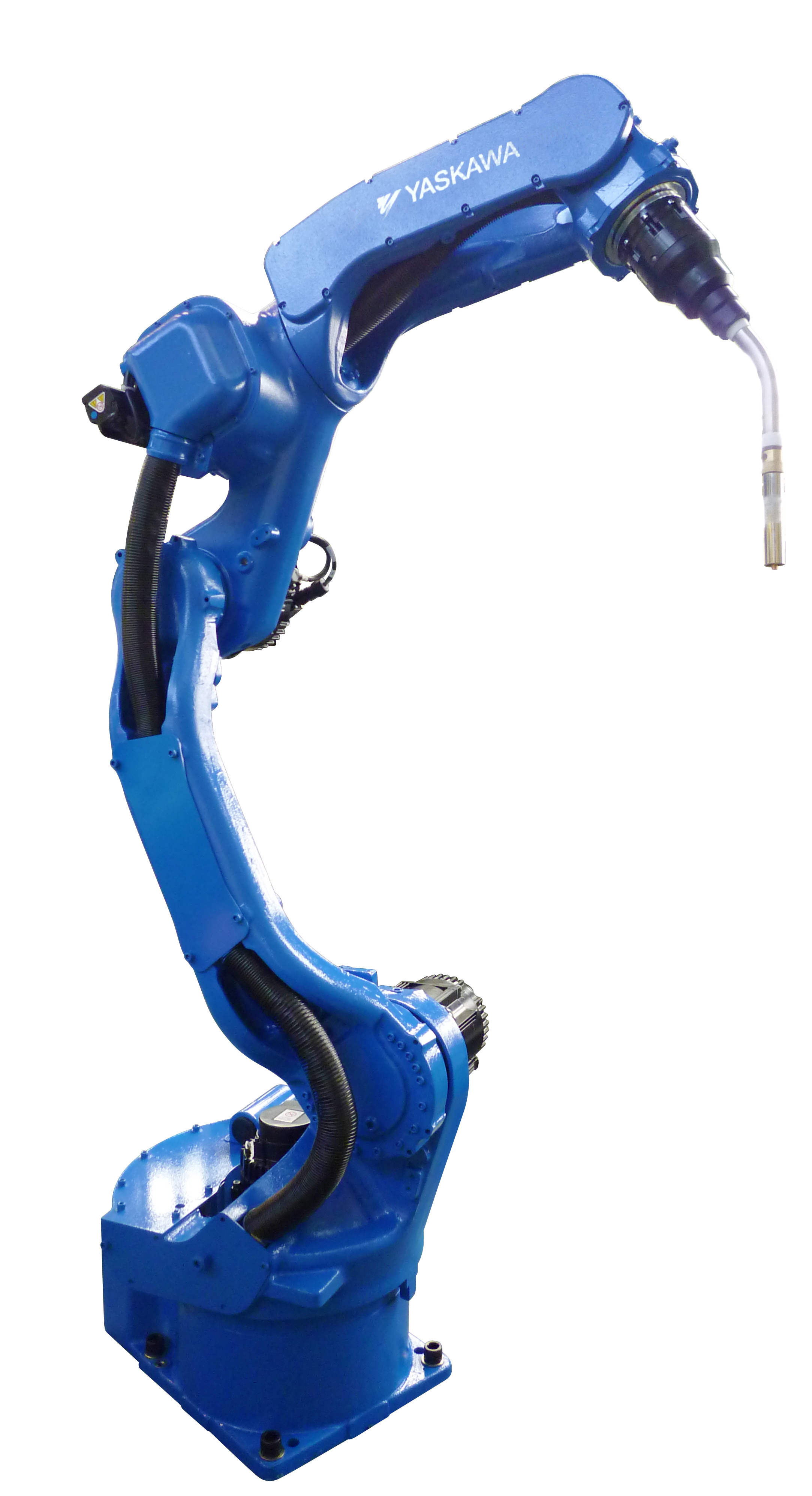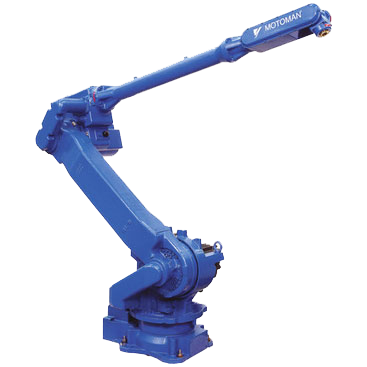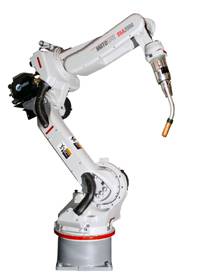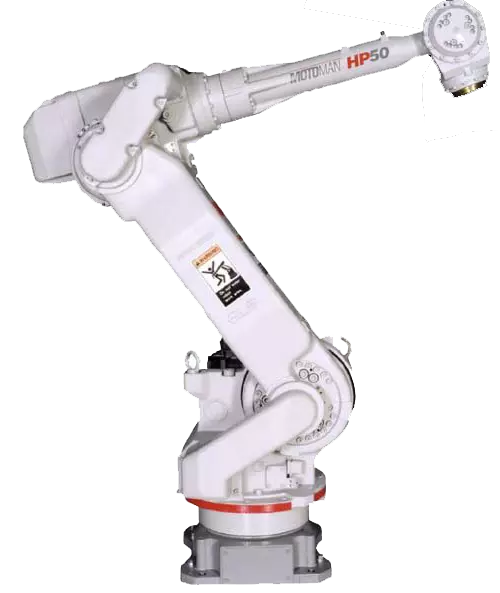Offline Software for Yaskawa Motoman Robots
Offline software has been trending for the last several years in the robotic industry. Offline software options include those for programming and simulation for optimized planning, implementation, and operation of robotic systems. Many of the major robot manufacturers have recognized the increased demand for robotic offline software and have developed their own versions that are compatible with their industrial robots.
Yaskawa Motoman is one of the top robotic manufacturers who has developed their own offline robotic software called MotoSim. There are two versions of MotoSim, MotoSim EG (Enhanced Graphics) and MotoSim EG-VRC (Enhanced Graphics Virtual Robot Control). MotoSim EG is the original version of offline software developed by Yaskawa Motoman. It is compatible with robots paired with ERC, XRC, and MRC controllers. These include the Motoman EA1400 and the UP20. MotoSim EG-VRC is the latest version of offline software for Yaskawa Motoman robots. It is compatible with the NX100, DX100, DX200, FS100, YRC1000, and YRC1000micro robot controllers. The Yaskawa MA1440 and the Motoman HP20D are examples of Yaskawa Motoman robots with controllers that are compatible with the latest version of MotoSim.
MotoSim combines both offline programming and offline simulation. It allows users to create and test a robotic workcell outside of the production environment through a PC. Users can create a proof of concept before investing in a robotic system while avoiding expensive prototyping as well. Programming time is saved as users can develop an articulated robot program without taking their robot out of production. This saves a significant amount of downtime, especially when programming complex applications.
Special Features
Some of the key features of MotoSim software include:- • 3D Simulation - MotoSim allows users to create accurate 3D simulations of robotic workcells and production environments. This allows users to optimize programming and cell layouts before going live. 3D simulation eases installation for faster setups and reduced fixturing errors.
- • Collision Detection - Collision detection is a must for those planning multirobot workcells. In order for six axis robots to be able to effectively operate together, they need to have sufficient workspace to avoid interfering with one another. MotoSim allows users to accurately plan multirobot workcells with the ability to detect potential interference hazards. Robots light up red in the simulation when potential collisions are detected. Users can make adjustments prior to installation, saving valuable time.
- • 3D PDFs - Users can easily create 3D PDFs and AVI files to view or share details of the robotic system and its operation. Users can create a 3D rotational image using the PDF feature.
- • Robot Path Generation - 3D CAD model information can be used for automatic path generation. Movements, speed, positions, and work angles are all customizable for application specific instructions. This makes it easier to program a robot to maneuver around objects. The collision detection feature is combined with path planning to ensure there is no interference with peripherals.
- • Cam Path - The cam path feature simplifies programming for welding, painting, and dispensing applications. All path points are automatically programmed to the robot. This saves significant time as manually programming each point of an application path is avoided.
Contact Robots Done Right in order to discuss selling a used Motoman robot today.
